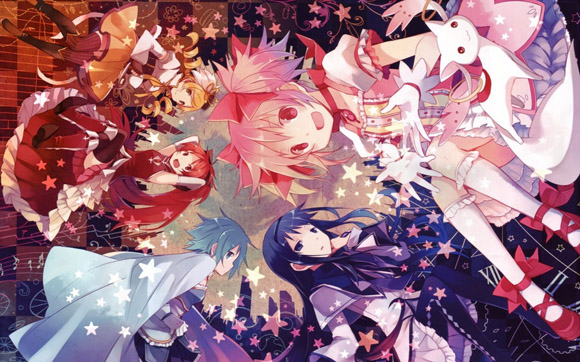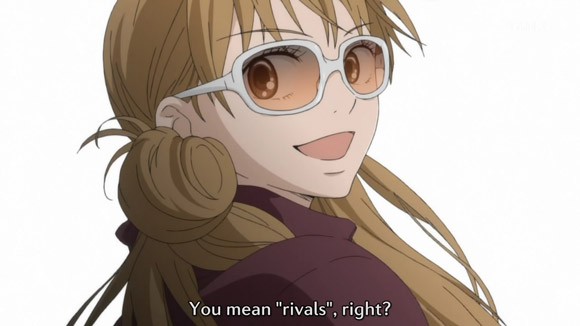Every now and then, students and aspiring journalists write to me for advice about entering the field. Here’s an email I sent to an aspiring journalist last week, with her permission.
I have always been a natural when it came to writing, something recently reiterated when I took an academic assessment. Upon review of the writing and reading section of my test, the adviser reviewing my test, who happened to be an English teacher, explained to me that my language marks were off the charts. This has been a common occurrence through my life, that look people get when they want to know why your denying natural talent because “that job makes no money” I told him about how I had thought about going into journalism but I didn’t want to end up in a coffee shop telling people “Oh, but I can write” or standing outside a publishing how exclaiming the same mantra.
Even now, when we can’t go anywhere without a cellphone connected to all our favourite social media sites, blogs, forums, and publications, we often forget, when thinking of journalism as a career, that the career itself has evolved with the times. We forget that we live in a time where people are paid to blog, and being a freelance writer, which to me seems like much more fun than working for a newspaper, is bigger than ever.
With that being said, I’m going to take the leap and return to school for journalism and I was wondering if you could share with another young woman whose eyes have been reopened to the idea of being a journalist some tips about how to get there?
Thanks for reading my article and reaching out to me.
I really liked your letter because it shows that not only do you have the skills to become a writer, but you’re not afraid to be frank about your natural talent. If you’re interested in freelancing, confidence in yourself is really, really important because even the best writers get rejected. When your entire job is looking for a job, you have to believe in yourself and be tough enough to pick yourself up and try again. (Fun aside: when I wrote for CNN, I sent the editor a pitch every week for four weeks with no reply. The fifth week she responded, “I like it, can you have it ready in a week?” It was hard work but SO rewarding!)
So you’re a brilliant writer, but you’ve decided to go back to school for journalism. I think that’s fantastic because at least in my experience, journalism school doesn’t teach you how to write. Instead I learned to edit AP Style, publish articles online, code within two types of content management systems (Drupal and WordPress), create infographics, and most of all—network. I am really glad I went to journalism school in the city I wanted a job in, because our guest speakers, my professors, and even some of the expert sources I contacted ended up being valuable connections for when I was looking for an internship and later, a job.
So how do you get there? To be perfectly honest, I’m still finding that out. I just left one job to focus on writing a book, and I’m considering branching out into freelance writing. Here’s what I plan to do while I build this career:
- Blog all the time. I will be updating my blog, Otaku Journalist, several times a week to show potential employers consistent and recent writing samples. They won’t be as researched as my professional work, but they will show my field of expertise.
- Pitch and apply. I’ve made a list of 30 news outlets I’d like to have my byline in. I’ve made a list of 10 story ideas that I could research and write up in about a week’s time. I will choose pitches that fit these different outlets and see who bites, once a day. I’ve written more than 500 stories for the Daily Dot, but I know nobody will come to me. When you’re a freelancer, you have to resign yourself to putting yourself out there instead.
- Diversify my online portfolio. Before I was a reporter, I worked as a web designer. I’ve also done graphic design, copy editing, and freelance site building. Who knows what people will want, so I’ll show them everything I’ve got.
I know this stuff seems counterintuitive since you’re going back to school first, but I think it’s important you start thinking about your personal brand, start a website, and start pitching articles while you’re still in school. (I got my first school-credit internship with Kotaku by offering them an exclusive story if they’d give me the position.) School will give you the skills and contacts you need, but it’ll be over before you know it. You know you’re good. Make sure that by the time you leave school, more people than just you and your professors know that.
Do you have a question you’d like to ask? Drop me an email or visit my Tumblr Ask box.







